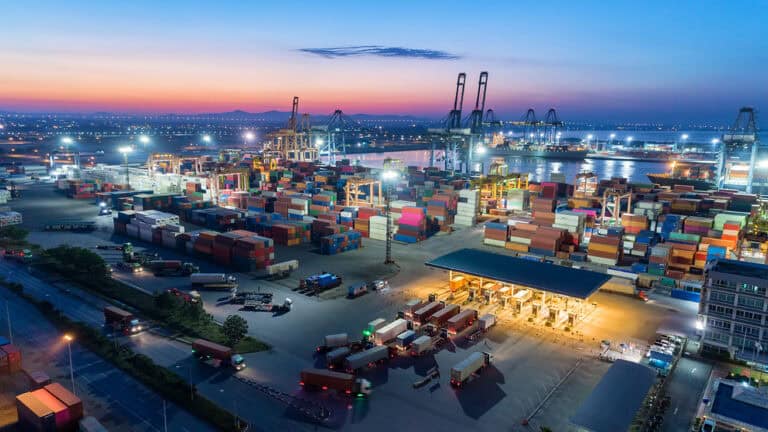
Whether through the 21st Century Customs framework and legislative mandates or the use of new technologies, modernization is the theme in the fight against terrorism and an advanced move towards compliant trade. One of the major recent issues in US imports has been the congressionally mandated clamping down by Customs and Border Protection (CBP) on the shipment of products made with forced labor, which has created a compliance dilemma for many importers, particularly for products from China.
The newest twist on CBP’s forced labor compliance program involves products from the Xinjiang province in China. The Uyghur Forced Labor Prevention Act, in effect since June 21, 2022, prohibits the importation of products made, in whole or in part, from forced labor within the Xinjiang region of the People’s Republic of China (PRC).
Passed in December of 2021, the Act has caught many importers unprepared to meet the challenge of sourcing products and to provide sufficient evidence to CBP to prove their products from China are not manufactured wholly or in part with the use of forced labor. The greatest test for CBP will be to track and trace the origin of products from this region upon arrival at any US port of entry. Through their modernization efforts, CBP will have access to some of the most advanced technology to accomplish this task.
Remote Sensing
The Xinjiang region is estimated to grow 84% of all Chinese cotton and China is exporting cotton products to over 120 countries, including Malaysia and Vietnam. Tracking that production and export and ensuring raw materials produced with forced labor and their downstream products do not find their way into the US will require new technologies for enforcement.
Enter remote sensing, which provides for the scanning of the earth via satellite or high-flying aircraft to provide intelligence information and imagery. The resulting high-resolution satellite data, often used in peacetime to monitor activity by enemy forces, may now be adapted to provide digital traceability of raw materials and their origin, including crops such as cotton, which are used in apparel and textile industries.
Remote sensing technology will support CBP’s initiative to trace these raw and the corresponding downstream products produced from them to prevent their eventual export to the US. Long term, CBP will have the ability to identify the individual inputs to global supply chains.
Artificial intelligence (AI) and machine learning
Gaining greater access to data earlier in the supply chain is a must for CBP to identify products obtained from forced labor in global supply chain networks. The volume of data points makes it difficult to fully identify bad actors and problematic shipments.
CBP’s initiative to use AI and machine learning provides an advanced capability in business intelligence. Using data from multiple commercial-data sources, CBP will have greater visibility into supply chain networks and the production of goods from raw materials to semi-finished or finished goods.
Complimentary to this effort will be technology that can scan, translate, and provide data extraction of non-text-searchable documents. Aligned with AI technology, CBP will be able to sort through billions of data points, analyze patterns, and more accurately predict the downstream use of raw materials made through forced labor and the networks through which these goods flow.
Mapping of Global supply chains, screening, and advanced search engines
CBP and its interagency task force are focused on identifying companies sourcing from Xinjiang, and companies exporting Xinjiang products from the PRC to other countries. These forementioned technologies combined with advanced search engines are intended to identify suspected forced labor violators and link them to their partners’ extended global supply chains.
This visibility may allow the Bureau of Industry and Security (BIS) to list the names of forced labor violators on future entity screening lists published on the BIS website. Additional detection of shell companies and layered ownership relationships may enhance CBP’s ability to share information with the public, enabling US importers to more easily identify when to restructure their supply chain partners.
The modernization of CBP is advancing in new and different ways to meet the challenges of the 21st century and beyond. The global effort to eradicate forced labor in international supply chains has been an ongoing program for many years. CBP is leading the way in this initiative and setting standards, that hopefully, will become commonplace in the global market to allow all persons to work freely without suffering duress in the 21st century and beyond.
To Learn More, you can download our Trading Partner Management data sheet.







